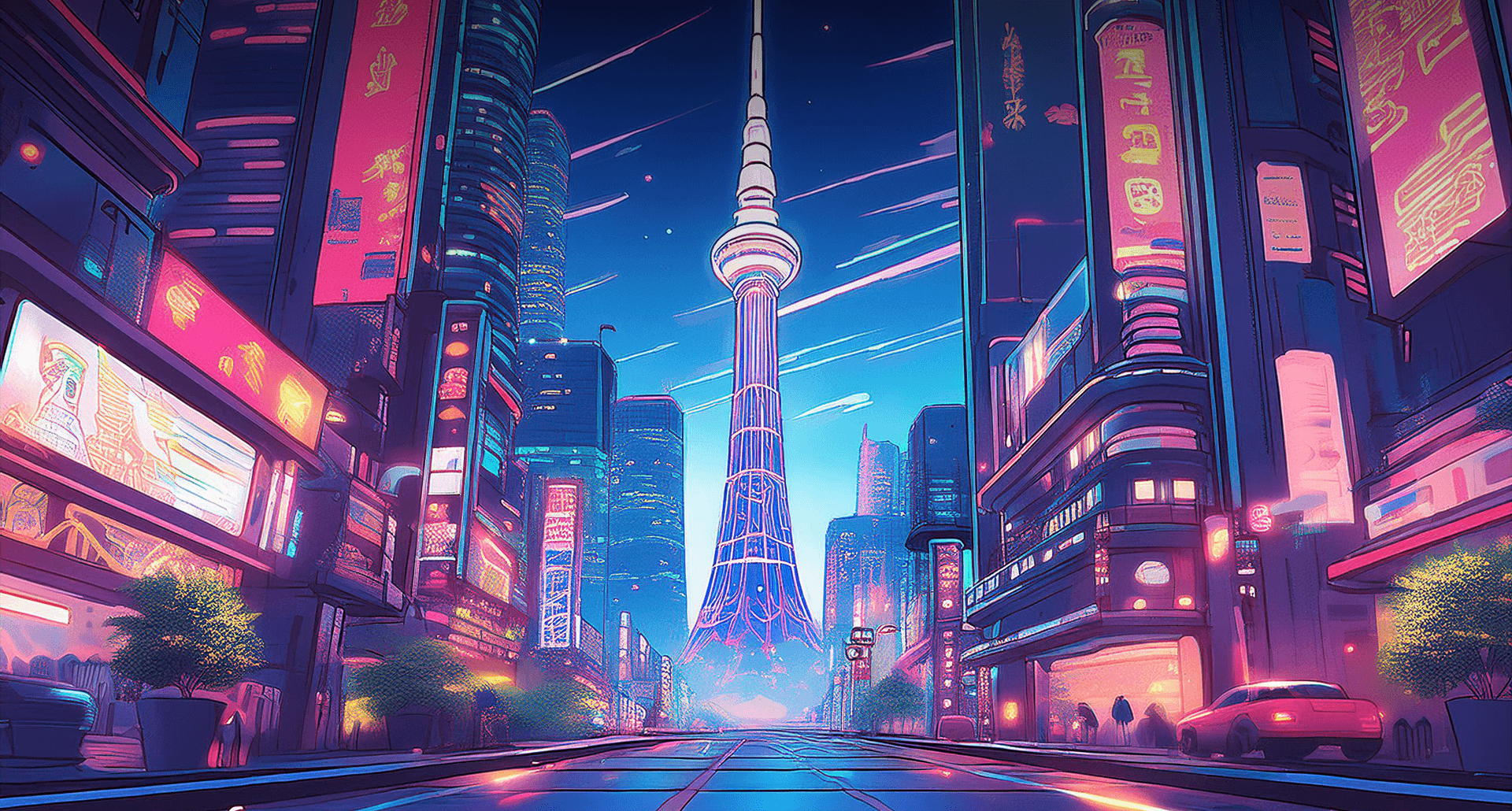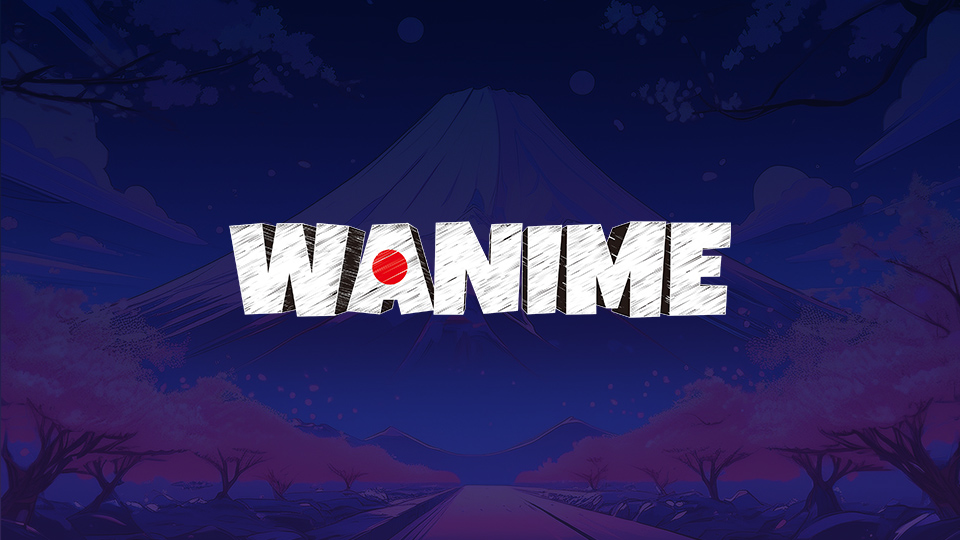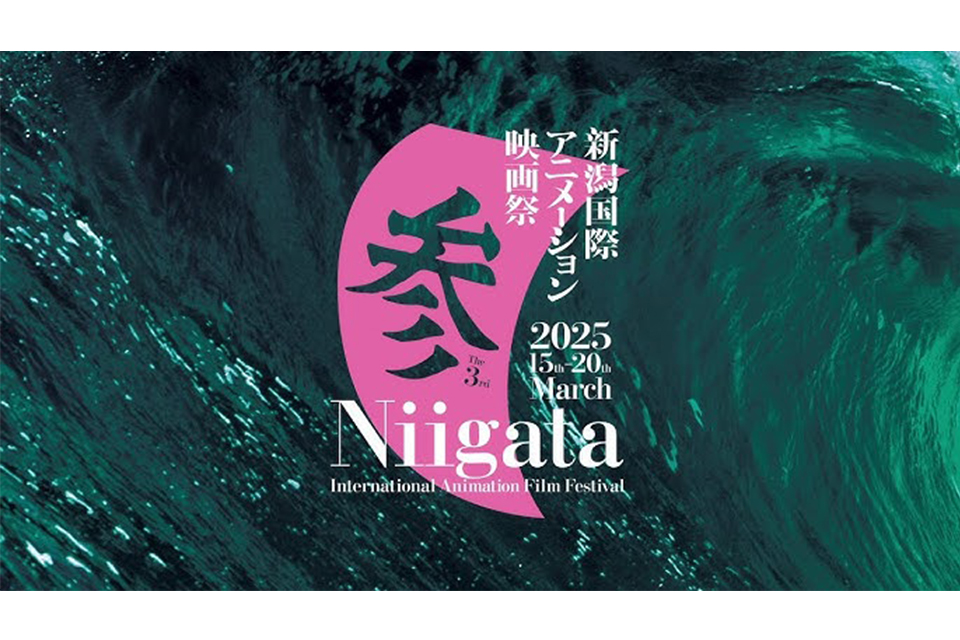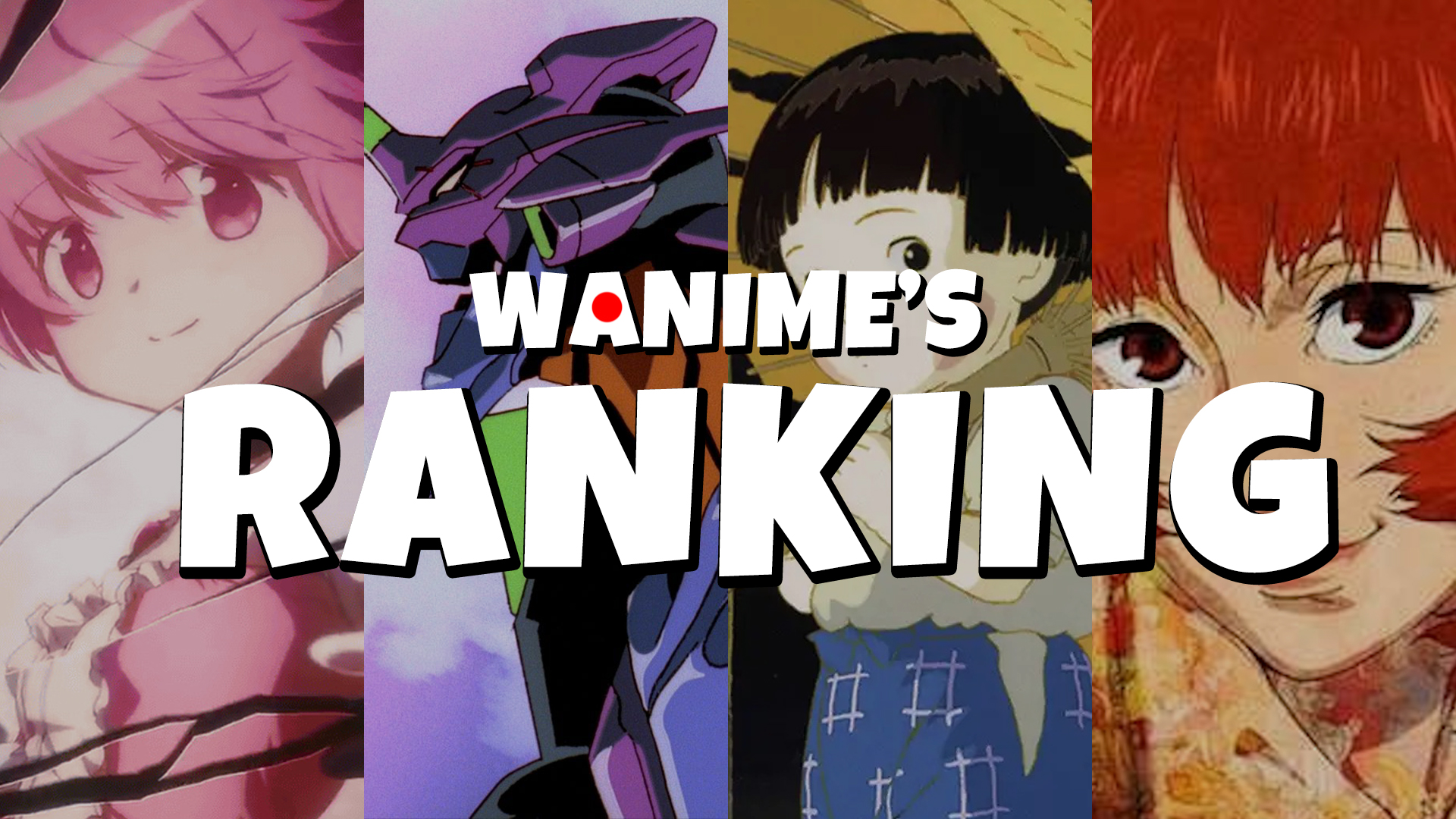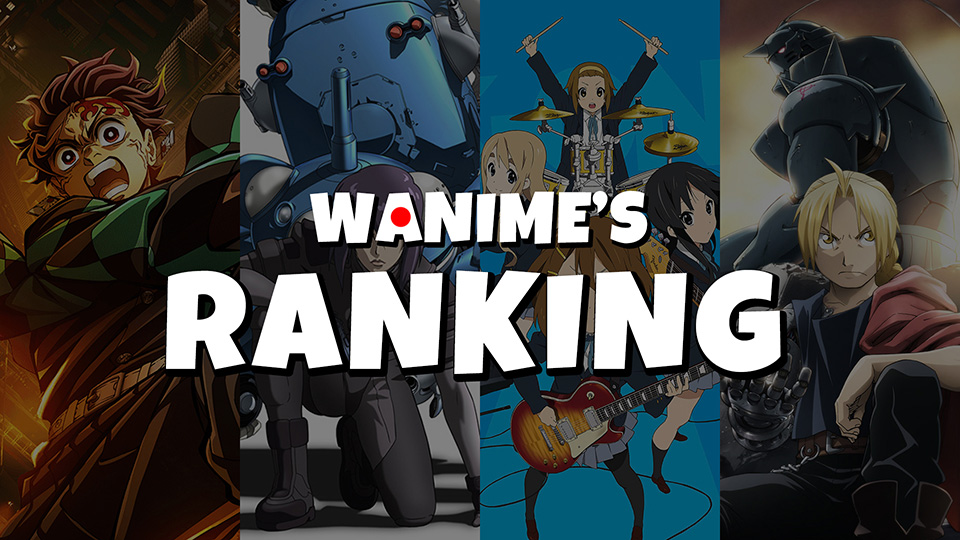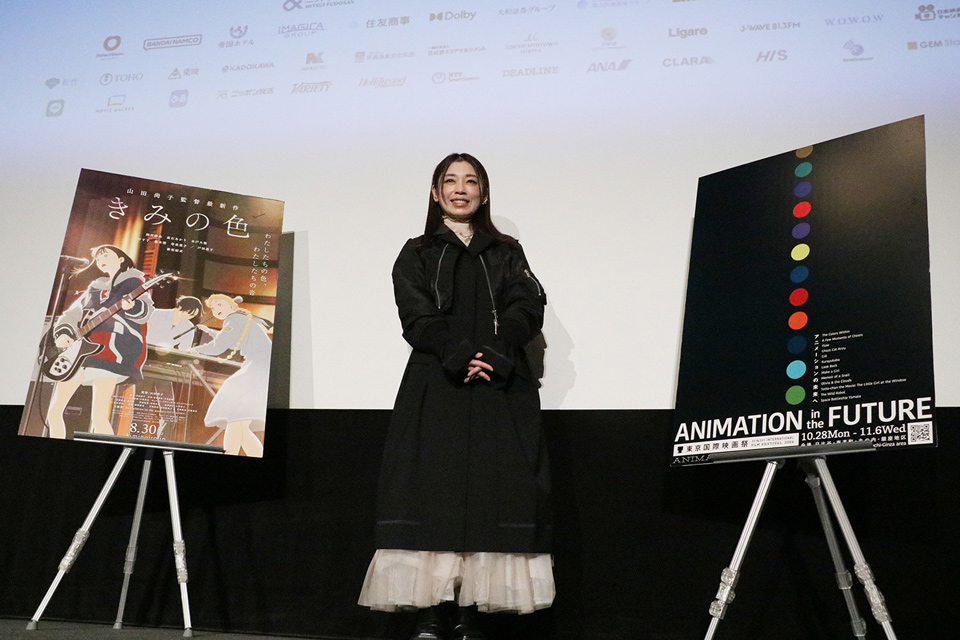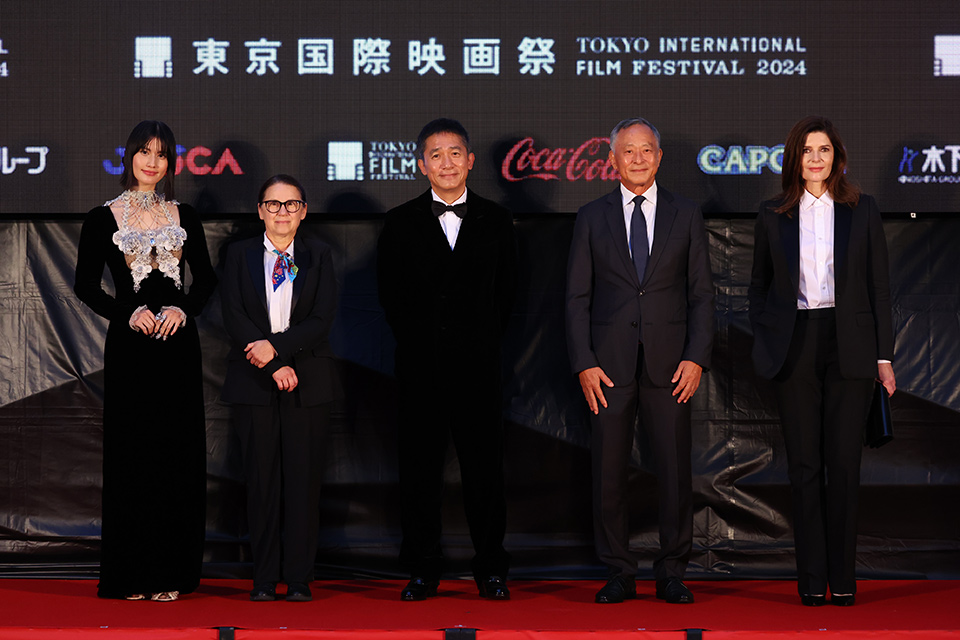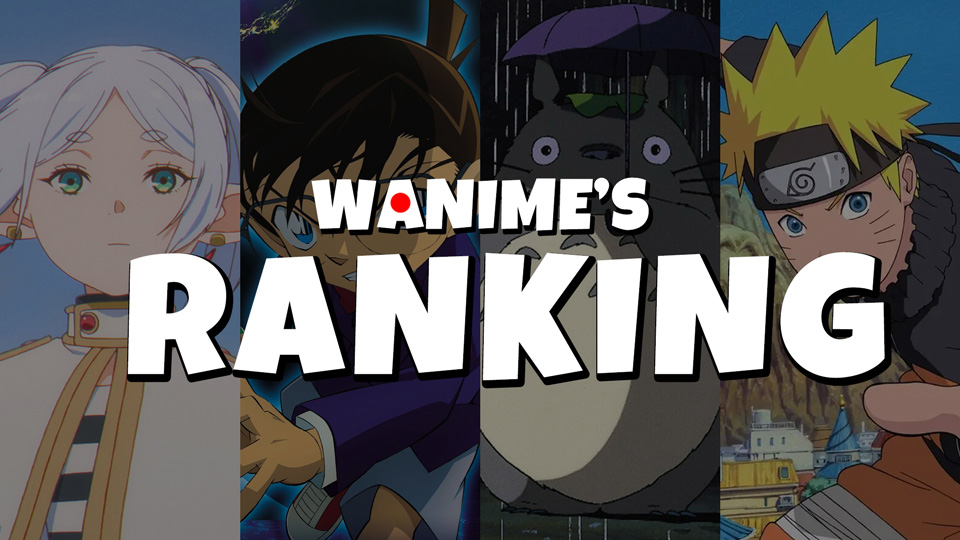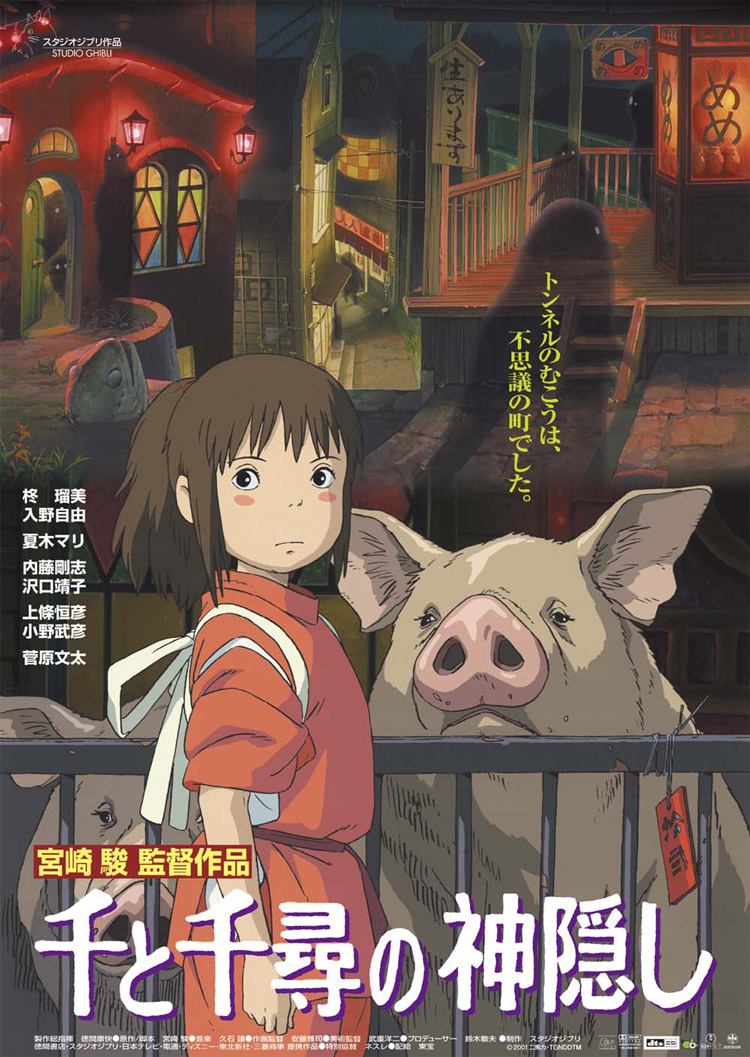At the 37th Tokyo International Film Festival, Yoko Asagami, the voice actress for Yuki Mori, reflected on her role in Space Battleship Yamato "For me, Yuki Mori is a very significant presence."

November 4th, at the 37th Tokyo International Film Festival, the animated film Space Battleship Yamato was screened as part of the animation section. First aired on TV in 1974, Space Battleship Yamato is considered a landmark in Japanese sci-fi animation and is said to have changed the very nature of anime. On this day, the 4K remastered version of the 1977 theatrical film, which is a compilation of the TV series, was shown. Prior to the screening, Yōko Asagami, who voiced the heroine Yuki Mori, took the stage for a greeting.
As Asagami stepped onto the stage, she addressed the audience with the same voice she used 50 years ago, calling out, “Kodai-kun” to the crowd. "To all the Yamato fans, and everyone who has supported Yuki Mori, my heart’s Kodai-kuns, thank you so much. I am Yōko Asagami, the original voice of Yuki Mori," she said, which was met with a loud round of applause from the audience.
Asagami is often described as part of the “first generation” of voice actors who aspired to the profession. She has loved anime since she was a child, watching shows like Astro Boy and Moomin.
"I thought that if I became a voice actor, I might get to meet Mari Shimizu, who voiced Astro Boy," Asagami recalled. "I tried speaking myself and thought, 'I can do this!' But I didn’t know how to become a voice actor..." She went on to explain the turning point: "When I graduated from high school, Japan’s first voice acting training school was established. People from the anime industry came to teach there. Right after I graduated, I was cast as the voice of Lisa in Zero Tester (1973). While recording, I ran into Mari Shimizu coming out of another studio, and it was so exciting to meet my idol!" she laughed as she shared the story.

■The Newcomer Voice Actor Playing the Heroine Yuki Mori
Soon after, Asagami won the role of Yuki Mori in Space Battleship Yamato through an audition. Asagami's portrayal of Yuki Mori, the heroine who falls in love with the protagonist Susumu Kodai, was significant for her. In the first series, Yuki Mori was set to be 18 years old, the same age as Asagami at the time. “I was really happy. I wanted to voice an anime character, and I especially wanted to play a main role,” Asagami said. “The studio was full of older voice actors, so I was constantly nervous. Later, Ichirō Nagai (who voiced Sanada) said to me, ‘Back then, Yoko, you couldn’t even sit down. You were pressed up against the wall, just staring at the seniors.’ (laughs) I was so nervous that even the sound of my chair creaking felt like I was doing something wrong, so I tried to make myself disappear.”
Reflecting on her early days, Asagami continued, “At that time, there were hardly any voice actors of my generation. So, I thought I shouldn’t be doing it at all. But I thought, if I could just put my feelings into it, it would be okay to use my own voice. Then Director Tashiro told me, ‘Just do it as you are, it’s fine.’ That gave me the courage to stick with it and go all the way.”
While Asagami was nervous in the Space Battleship Yamato recording studio, she recalled an episode with Kodai’s voice actor, Kei Tomiyama: “Kei-san was so kind. As I mentioned before, I couldn’t even sit down, but he would always say, ‘Yoko, here’s a seat for you. Sit down.’ Kei-san was always giving me a place to sit. On the other hand, Kō Kimura (who voiced Hijikata) was strict, telling me, ‘Yoko, when you stand in front of the microphone, you must act like an actress before you sit down.’ (laughs)”
Fifty years later, Asagami reflected, “Of course, it wasn’t an easy job, but when I think back, I realize that in my mind, Yuki Mori only said ‘Kodai-kun’ (laughs). I thought it was probably because I wasn’t very skilled back then. But now, seeing the re-screening, I’m surprised at how much she actually spoke. The movie we’re screening today is a 4K remaster, where they re-recorded the lines from the TV series, and when I watch it again, I can tell that it’s a little different from the original TV series. But I honestly don’t remember doing those re-recordings at all (laughs). So, when I hear my own voice, it surprises me.”

■The Role of Yuki Mori in Yōko Asagami’s Career
So, what has the character of Yuki Mori, the heroine of Space Battleship Yamato, meant to Yōko Asagami in her career? “I was really happy to receive so many fan letters. But they weren’t addressed to me; they were addressed to Yuki-chan. Back then, I was confused by that difference. I’m me, and I want to play many different roles, so I had times when I struggled with that," Asagami revealed, sharing a voice actor's unique perspective on voicing a popular heroine. She then added, “But at the same time, Yuki Mori is a very important character to me. Especially in recent years, I’ve come to realize how much she means to me. To have been a part of such a beloved work that has been celebrated for 40, 50 years, I feel incredibly fortunate. There were so many talented, unique senior actors, and the depth of their performances really enriched this work. Being in that studio with them was such a big deal for me.”
She continued, “I’m really happy to be here today and to connect with all of you. It makes me feel that we’re still connected, and because of that, I think I’ll keep going for a little longer (laughs). Many of my senior colleagues have passed on, but there are still so many of us who are healthy and active. With the upcoming screenings of Space Battleship Yamato, there is a new ‘Yamato’ for future generations. I hope that, at some point, I might be able to contribute my voice again in some way to that new ‘Yamato.’ I would be happy if everyone continues to support Yamato with the same love. Thank you so much for today,” she concluded the stage greeting.
Check out the details of the stage greeting event here (with interpretation).

©TFC/S.NISHIZAKI

